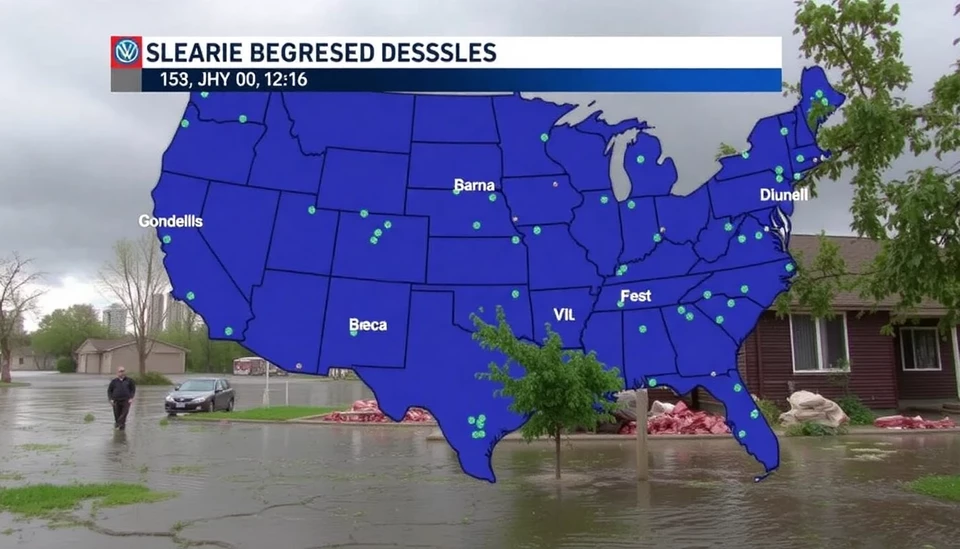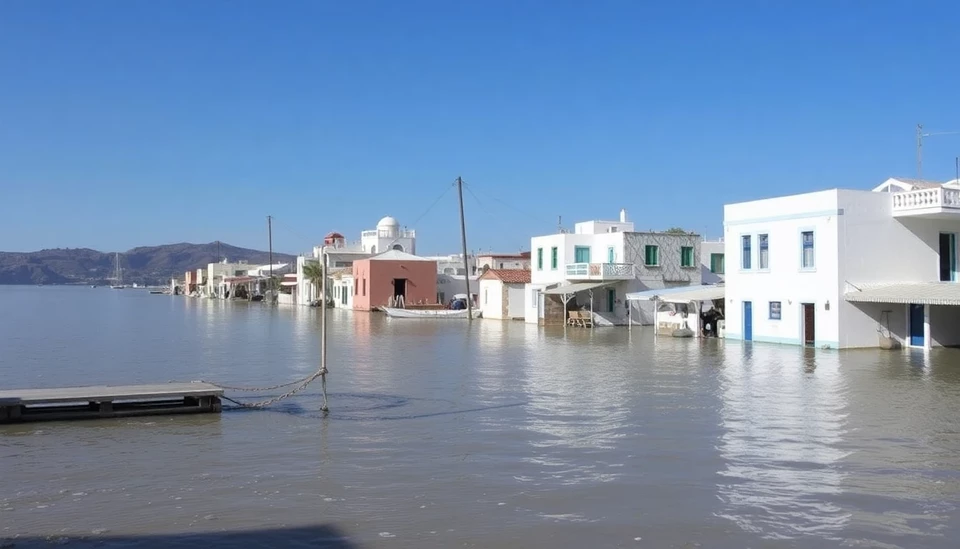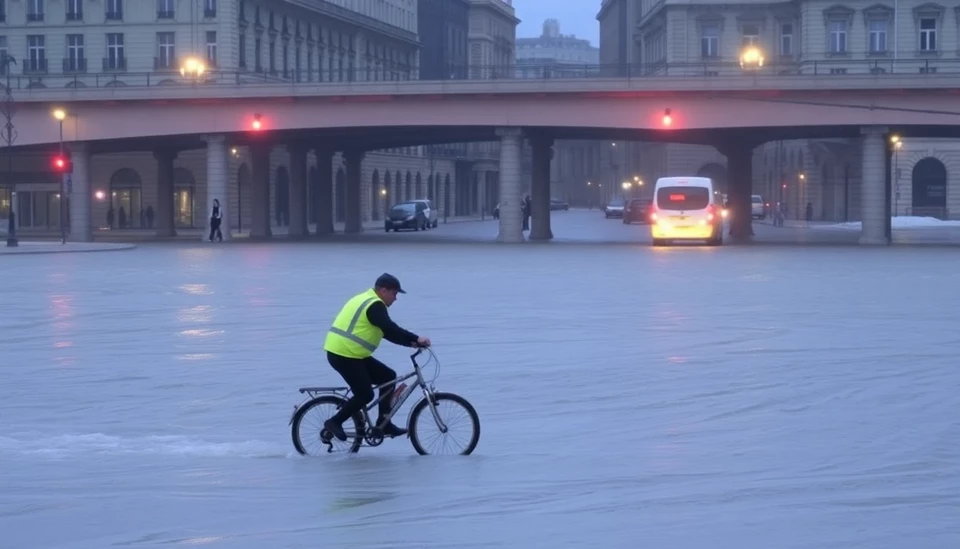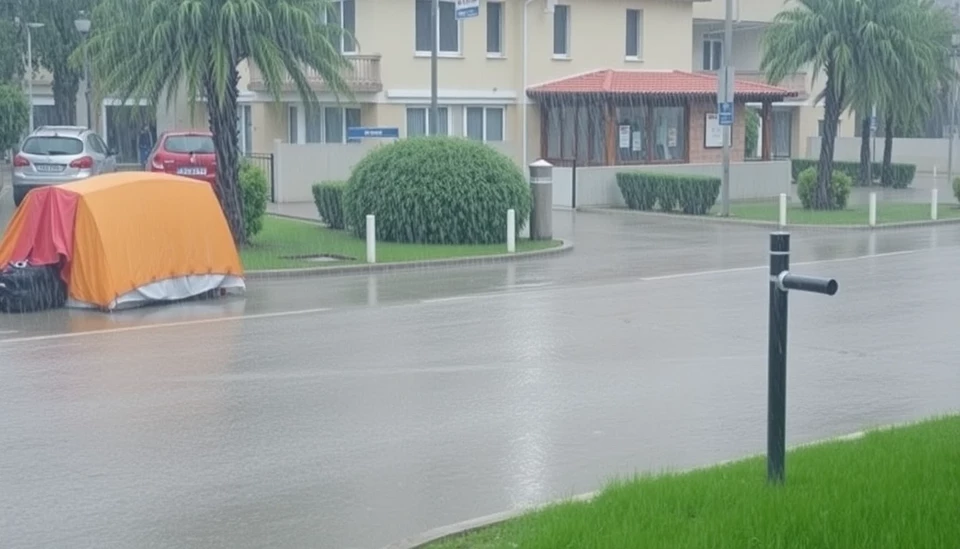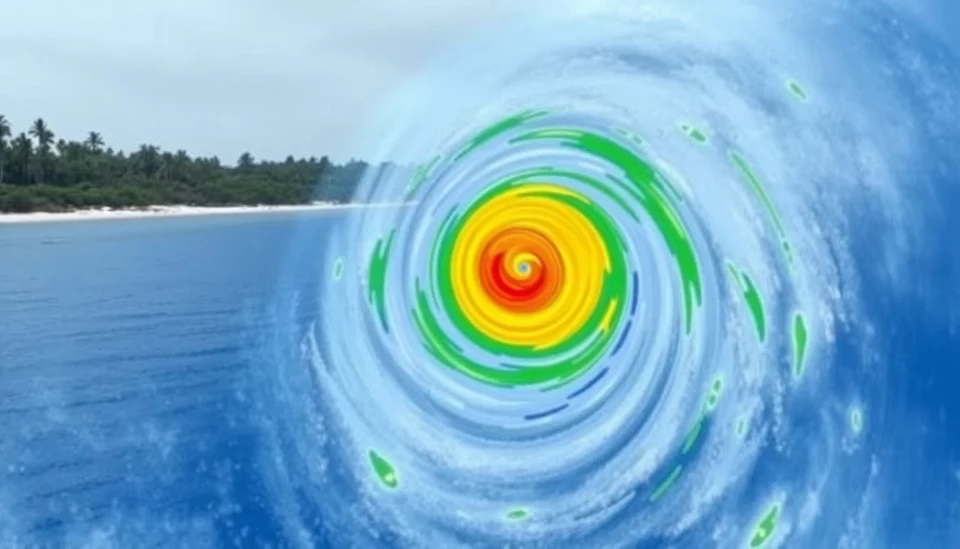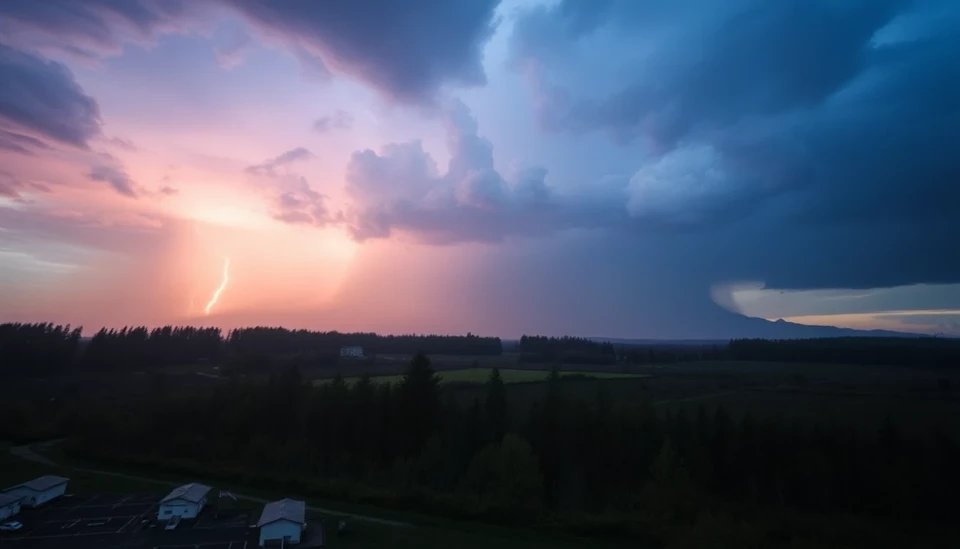
A stark warning reverberates through climate science as experts indicate that cities around the globe could experience catastrophic flooding, akin to a 1,000-year deluge, at any moment. This potential for extreme weather events that were once thought to be rare is becoming increasingly prevalent in our changing climate, igniting discussions on preparedness and infrastructure resilience.
Recent studies suggest that the conditions which lead to such unprecedented rainfall are becoming more common due to climate change, driven primarily by human activities. The phenomenon is rooted in the concept of atmospheric rivers—narrow corridors of concentrated moisture in the atmosphere. When these systems meet the right conditions, such as geographical features or temperature contrasts, they can deliver massive amounts of rain in a short span of time, leading to severe flooding.
For many urban areas, the consequences of a 1,000-year flood can be devastating. With infrastructure often designed under outdated models that do not account for modern climate realities, cities face significant risks. Flash flooding can overwhelm drainage systems, inundating streets, homes, and businesses. Moreover, the financial burden on local governments and taxpayers for recovery and rebuilding can stretch resources to their limits.
The frequency of such extreme weather isn't just a concern for coastal regions. Recent occurrences of record rainfall in various inland cities have demonstrated that no area is immune from this threat. Recently, cities across the United States have been preparing for potential flooding events. Measures range from updating stormwater management systems to enhancing monitoring and response capabilities for flood emergencies.
However, simply reacting to these weather events is not enough. Experts are urging policymakers and city planners to take proactive steps to enhance climate resilience. Building regulations might need revisions, requiring that new developments include more flood-resistant features. Additionally, community education about emergency preparedness and the importance of sustainable practices can make a significant difference in mitigating impacts when floods do occur.
Another critical factor is the affordability and accessibility of these upgrades. Many municipalities, especially smaller ones with limited budgets, find it challenging to implement the necessary changes to combat these extreme weather phenomena. Funding and federal support play a crucial role in aiding local governments to adopt and enforce new guidelines that safeguard infrastructure and residents alike.
The phenomenon of a 1,000-year flood event happening more frequently than expected underscores an urgent need for a collective effort in battling climate change. Global cooperation is essential to effectively manage and mitigate risks associated with these disasters, and a shift toward sustainable practices can lead to a more resilient future.
In conclusion, while the timeline for a catastrophic 1,000-year flood event may be uncertain, the likelihood of such occurrences is increasing. Individuals, communities, and governments must prepare for the impending challenges posed by climate change, adopting both defensive and proactive strategies to safeguard against potential tragedies.
#Flooding #ClimateChange #ExtremeWeather #Infrastructure #Resilience #Sustainability
Author: Megan Clarke
